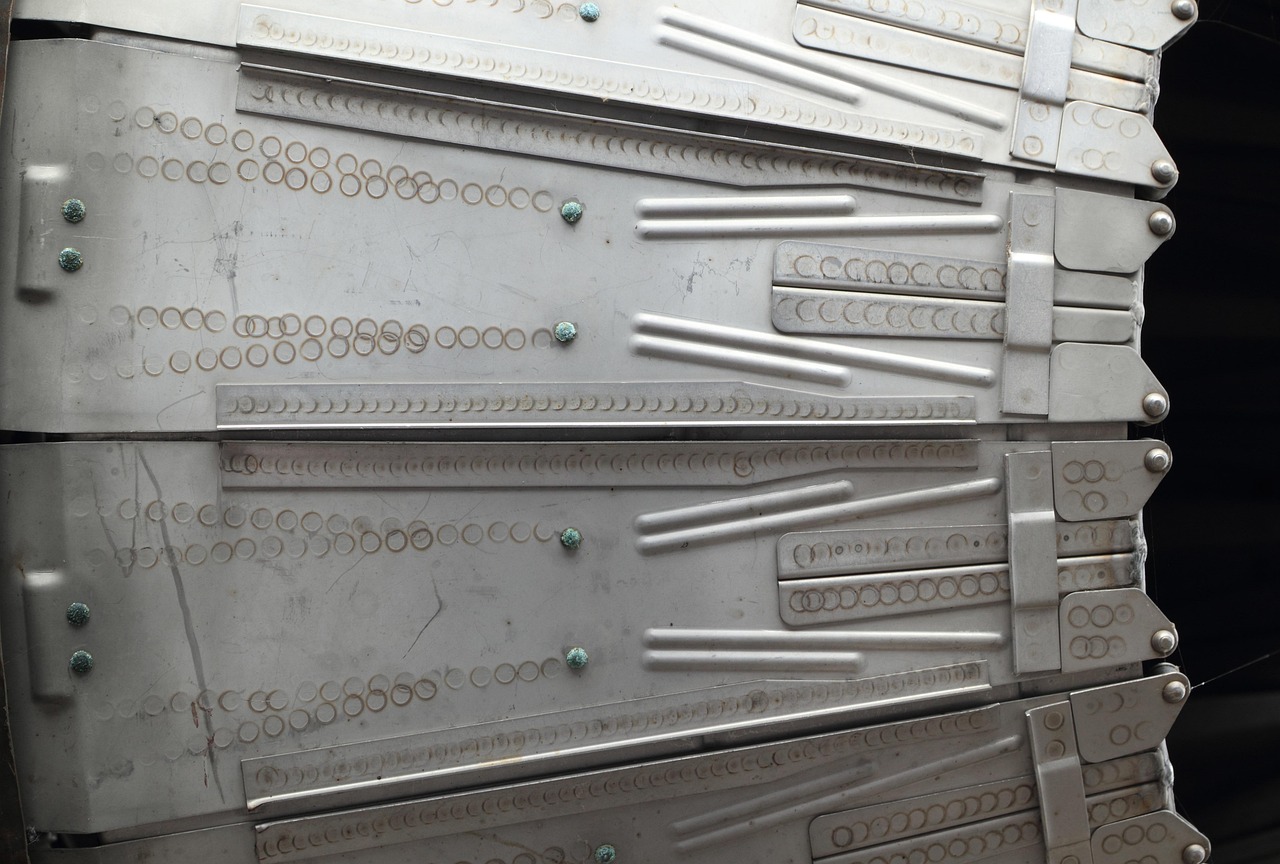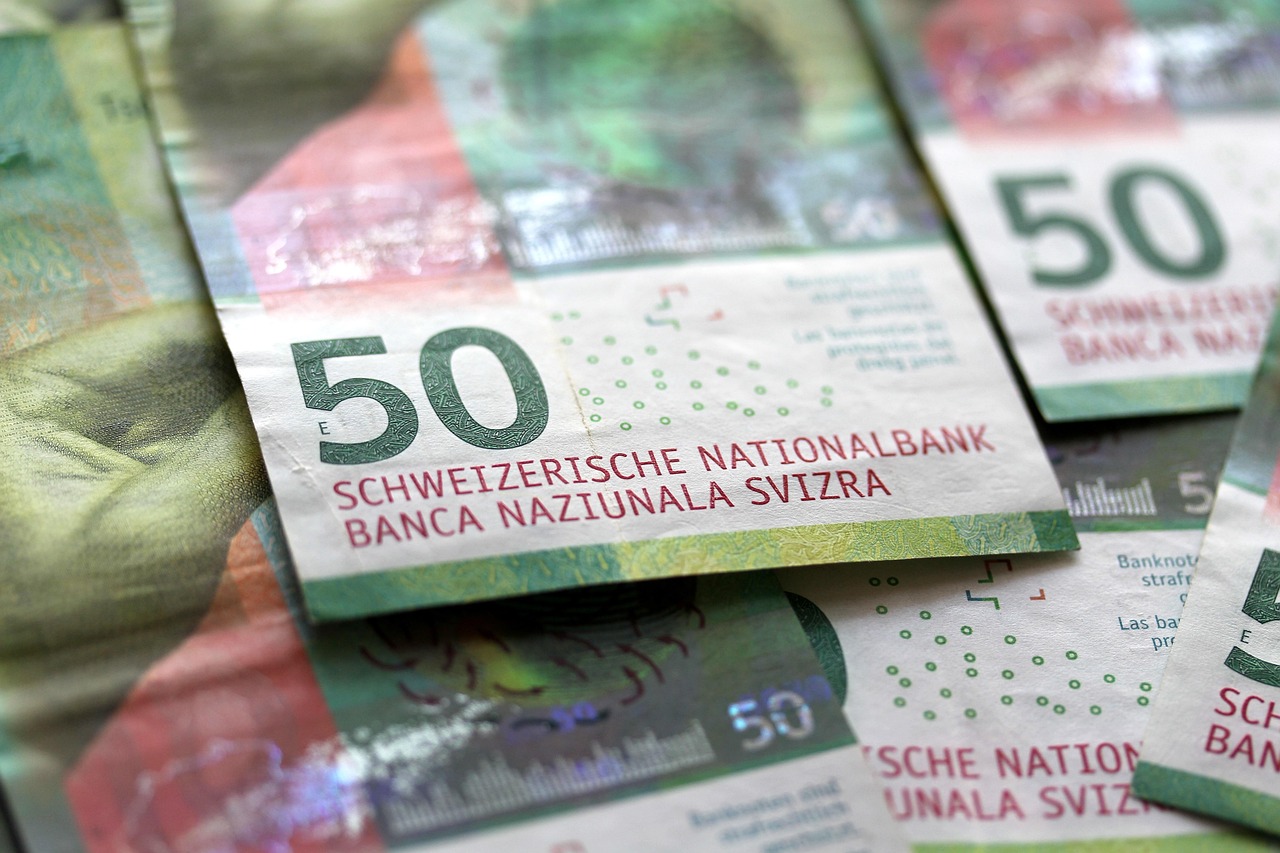NFT Weather Data Artwork: A New Frontier in Digital Expression

In the rapidly evolving landscape of digital art, Non-Fungible Tokens (NFTs) have emerged as a revolutionary tool, allowing artists to tokenize and sell their digital creations. One intriguing development in this domain is the integration of weather data into NFT artwork, creating dynamic pieces that change in response to real-world meteorological conditions. This fusion of art, technology, and data is not only pushing the boundaries of creative expression but also offering new ways to perceive and interact with the environment.
NFTs are unique digital assets verified using blockchain technology, ensuring their authenticity and provenance. Unlike cryptocurrencies, which are fungible and can be exchanged for another of the same value, NFTs are distinct and hold individual value. This uniqueness makes them particularly suited to representing digital art, where each piece can be singular and irreplaceable.
Weather data, on the other hand, is a vast and ever-changing stream of information collected from various sources globally, including satellites, weather stations, and ocean buoys. By integrating this data into digital artworks, artists create pieces that are not static but evolve over time, reflecting the dynamics of the natural world. This approach not only enhances the aesthetic appeal of digital art but also engages viewers with real-time environmental changes.
Several artists and platforms have begun to explore the potential of weather-reactive NFTs. For instance, some projects use real-time temperature, humidity, or precipitation data to alter visual elements such as color palettes, textures, or shapes within the artwork. This results in a living piece that offers a unique experience every time it is viewed, influenced by the weather conditions at that moment.
The global context for such innovations is significant. As climate change becomes an increasingly pressing issue, weather data artworks can serve as a subtle yet powerful reminder of the environment’s volatility. By incorporating real-time data, these artworks emphasize the immediacy of climate phenomena, potentially fostering greater awareness and dialogue around ecological issues.
One of the technical challenges in creating NFT weather data artwork is ensuring the seamless integration of real-time data streams with blockchain technology. Artists and developers must work together to design robust systems that can fetch, process, and apply weather data to digital artworks without compromising the blockchain’s integrity or the artwork’s aesthetic coherence. This requires an interdisciplinary understanding of data science, blockchain technology, and visual arts.
Moreover, the environmental impact of blockchain, particularly the energy consumption associated with minting NFTs, is a critical consideration. Artists are increasingly looking towards more sustainable blockchain solutions, such as Layer 2 protocols and proof-of-stake systems, to mitigate the ecological footprint of their digital creations.
The market for NFT weather data artwork, while niche, is indicative of broader trends in digital art and technology. It exemplifies how artists are leveraging data and technological advancements to enrich the narrative and experiential qualities of their work. As the digital art space continues to grow, it is likely that we will see further innovations that blur the boundaries between the digital and physical worlds.
In conclusion, NFT weather data artwork represents a compelling intersection of art, technology, and environmental consciousness. It challenges traditional notions of what digital art can be and offers a dynamic, interactive experience that resonates with the current technological and ecological zeitgeist. As this field evolves, it will undoubtedly inspire further exploration and experimentation, contributing to the ongoing dialogue about the role of technology in art and society.















